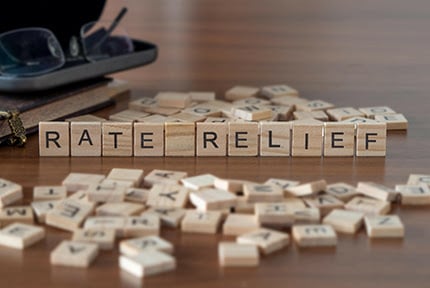Relief is what home borrowing costs have seen in the past few months since hitting 20+
year highs in November of 7.08% for the 30-year fixed rate mortgage. Freddie Mac
reports that the rate has fallen to 6.15% in the latest reading.
So, why have rates fallen at the same time the Federal Reserve (the Fed) is hiking rates?
Shouldn’t borrowing costs be on the rise as the Fed hikes interest rates? Not necessarily
true. Here is why…
There are many factors involved but two main reasons come to light. One, inflation has
been moving lower. The closely watched inflation reading Consumer Price Index (CPI) hit
a 40-year annual high in June of last year and has been moving lower ever since. The
Fed’s favorite inflation gauge, the Core Personal Consumption Expenditure (PCE), is down
almost a full percentage point from the highs seen in 2021. High inflation means higher
prices and the demand for credit increases which causes interest rates to rise with the
opposite being true.
The second point is that the Federal Reserve’s Feds Funds Rate (FFR) is a short-term
vehicle that impacts car loans, student loans, home equity rates and lines of credit, credit
cards, and the like. The Fed hiked the FFR by 4.25% in 2022, the most since 2001 to
stave off inflation. And it looks like it may be working but there is still more to be done
given CPI is still high at 6.5% annually.
Bottom line: Rates have improved but in actuality, jobs buy homes. If one is secure in
their job and prospects to easily secure another job are in the grasp, then purchasing a
home is usually a good investment for the long term.
Source: Mortgage Market Guide

